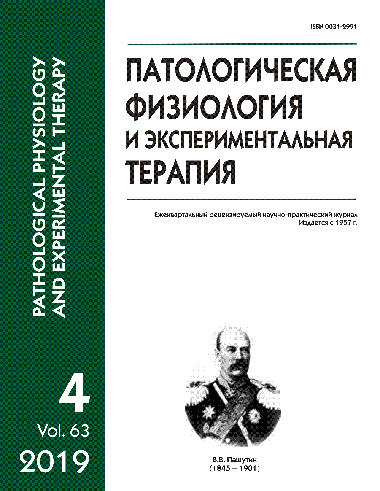A modification of EPM test for evaluation of behavioral activity and memory of rats
Abstract
Behavioral testing of laboratory rodents in the elevated plus maze (EPM) is widely used in preclinical pharmacology and psychoneurology to develop preventive and therapeutic approaches for correction of neurological disorders. The aim of the work was to develop and test a modified EPM protocol to enhance evaluation of individual behavioral characteristics and the long-term memory in rats. A double EPM test was used in Wistar rats to study changes in individual anxiety indexes (AI) and locomotor and exploratory activities in the second test. Also, individual Long-term Memory Indexes (LMI) were determined using the «transfer latency» method. The primary EPM test showed a normal distribution of AI for a majority of 130 rats except for 12% of animals with extremely high AI and low activity; these animals were excluded from the analysis. The main group was divided into 4 subgroups, which were subjected to the repeated test either in 24 hours (subgroups 1 and 2) or in 72 hours (subgroups 3 and 4). In the control subgroups (1 and 3), the second EPM test showed a decrease in exploratory and locomotor activities, which «mimicked» increased anxiety. The LMI value in subgroup 3 was somewhat lower than in subgroup 1. The experimental subgroups were exposed to different hypoxic impacts between the tests (severe hypoxia or three sessions of moderate hypoxia in subgroups 2 and 4, respectively). Severe hypoxia abolished the inhibitory pattern of behavior characteristic in the control group and reduced LMI. Moderate hypoxia did not exert such effects. This suggested that habituation based on long-term memory rather then anxiety was a cause for the inhibitory phenomenon of double EPM. The proposed protocol has advantages over a single EPM. This protocol allows a for initial phenotyping of animals 1) to adjust protocols of subsequent exposures; 2) to take into account individual responses of animals to experimental impacts, which makes it possible to exclude the artifact of double testing; and 3) to include an assessment of long-term memory.






